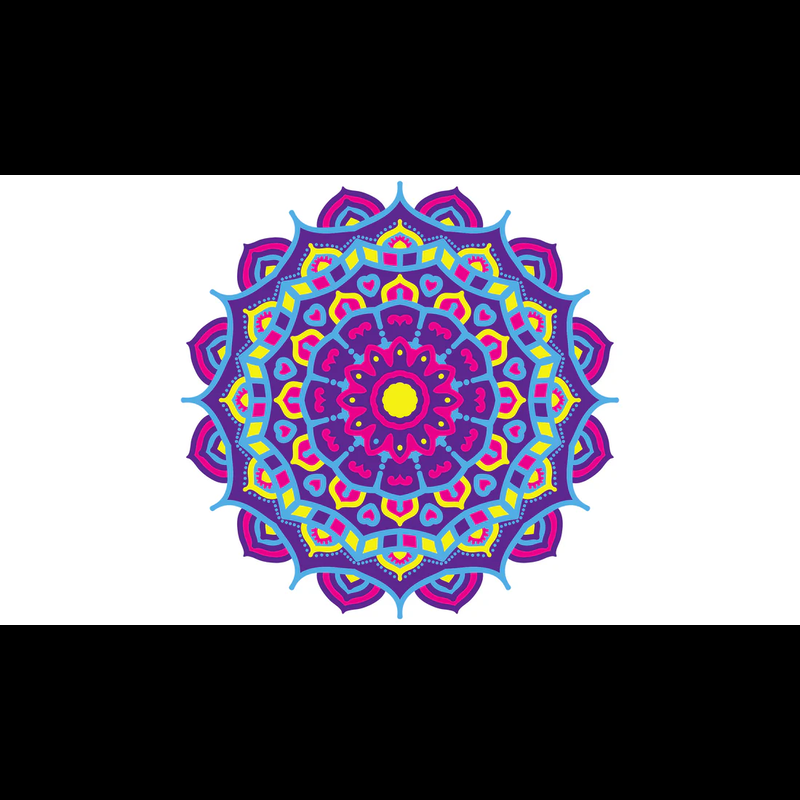The Psychology of Colors in Home Decor: Boosting Positivity (Shopping - Online Shopping)

USNetAds > Shopping > Online Shopping
Item ID 133043246 in Category: Shopping - Online Shopping
The Psychology of Colors in Home Decor: Boosting Positivity | |
The use of color in interior design goes beyond aesthetics; it has a profound impact on human psychology and emotions. This article delves into the psychology of colors in home decor, exploring the influence of different hues on mood and emotions. By strategically incorporating colors, individuals can create a positive atmosphere within their living spaces, enhancing overall well-being. Color Psychology: A Scientific Perspective: Color psychology is a field that examines how colors affect human behavior, mood, and emotions. A seminal study by Wright and Rainwater (1962) in the "Journal of Applied Psychology" laid the foundation for understanding color preferences and their psychological implications. Subsequent research has expanded our knowledge, revealing the intricate connections between color and the human psyche. The Impact of Colors on Mood: Various colors evoke distinct emotional responses. Warm colors, such as reds and yellows, tend to elicit feelings of energy and warmth, while cool colors like blues and greens are associated with calmness and tranquility. A study in the "Journal of Environmental Psychology" (Ou et al., 2016) found that exposure to certain colors can significantly impact mood and even physiological responses, such as heart rate and blood pressure. Strategic Incorporation of Colors in Home Decor: Calming Blues and Greens: Shades of blue and green are known for their calming effects. Incorporating these colors in bedrooms or relaxation areas can create a serene and tranquil atmosphere, promoting relaxation and stress reduction. Energizing Reds and Yellows: Red and yellow hues are associated with energy and vitality. Using these colors in communal spaces, such as kitchens or living rooms, can stimulate conversation and create a vibrant, lively environment. Balancing Neutrals: Neutral tones, such as whites, grays, and beiges, provide a versatile backdrop for other colors. They can contribute to a sense of balance and sophistication, allowing accent colors to stand out more prominently. The Role of Personal Preferences: Individual responses to color are subjective and influenced by personal experiences and cultural backgrounds. A study in the "Journal of Personality and Social Psychology" (Eysenck, 1941) highlighted the variability in individual color preferences, emphasizing the importance of considering personal tastes in home decor. Practical Tips for Positive Home Decor: Accent Walls: Introduce vibrant accent walls to add a pop of color and focal point to a room. Colorful Accessories: Use colorful decor accessories such as cushions, rugs, or artwork to inject personality and positivity into a space. Nature-Inspired Palettes: Draw inspiration from nature, incorporating earthy tones and botanical hues to create a refreshing and rejuvenating ambiance. Conclusion: Understanding the psychology of colors empowers individuals to create home environments that positively impact mood and well-being. By strategically incorporating colors in home decor based on their psychological effects, individuals can transform their living spaces into uplifting sanctuaries.  | |
| Related Link: Click here to visit item owner's website (1 hit) | |
| Target State: All States Target City : All Cities Last Update : May 21, 2024 4:40 AM Number of Views: 74 | Item Owner : sushdopaminedecor Contact Email: Contact Phone: (None) |
| Friendly reminder: Click here to read some tips. | |
USNetAds > Shopping > Online Shopping
© 2025 USNetAds.com
GetJob.us | CANetAds.com | UKAdsList.com | AUNetAds.com | INNetAds.com | CNNetAds.com | Hot-Web-Ads.com | USAOnlineClassifieds.com
2025-01-15 (0.382 sec)